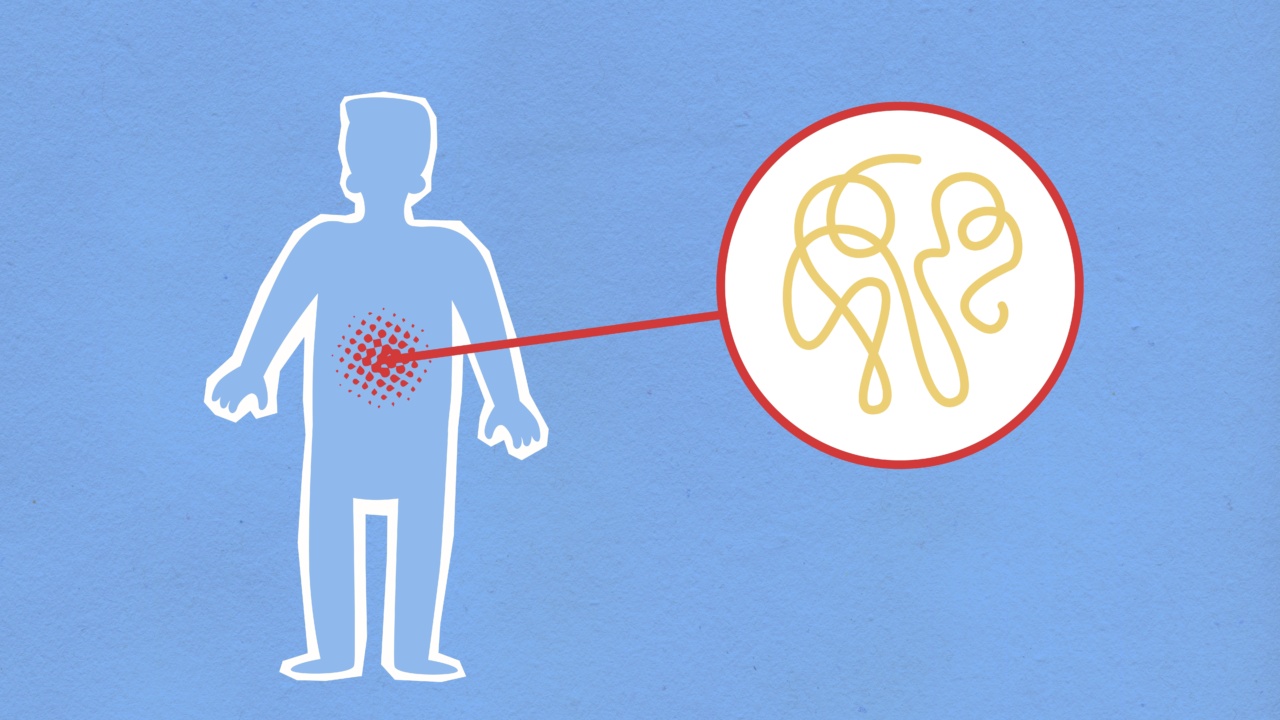Stomach pain is a common ailment that can range from a minor inconvenience to a debilitating condition.
While most cases of stomach pain are harmless and can be attributed to indigestion or a temporary stomach bug, there are times when stomach pain may be indicative of a more serious underlying condition. In this article, we will discuss the possible causes of stomach pain, when it may indicate a more serious condition, and how to manage and prevent stomach pain.
1. Gastritis and Peptic Ulcers
Gastritis and peptic ulcers are conditions characterized by the inflammation or erosion of the stomach lining. The primary symptom of these conditions is abdominal pain, which is usually described as a burning or gnawing sensation.
Other symptoms may include nausea, vomiting, and a feeling of fullness.
2. Gastroenteritis
Gastroenteritis, commonly known as the stomach flu, is an infection of the stomach and intestines. It is often caused by a viral or bacterial infection and can lead to abdominal pain, diarrhea, vomiting, and dehydration.
3. Appendicitis
Appendicitis is a condition characterized by the inflammation of the appendix, a small pouch attached to the large intestine.
The primary symptom of appendicitis is severe abdominal pain that typically starts around the belly button and then migrates to the lower right side of the abdomen. Other symptoms may include fever, nausea, vomiting, and loss of appetite.
4. Gallstones
Gallstones are hardened deposits that form in the gallbladder, a small organ located beneath the liver. When gallstones block the bile ducts, they can cause severe abdominal pain known as biliary colic.
The pain usually occurs in the upper right side of the abdomen and can last for several hours.
5. Kidney Stones
Kidney stones are hard deposits that form in the kidneys and can cause excruciating pain as they pass through the urinary tract. The pain is typically felt in the lower back or side and can radiate to the lower abdomen.
Additional symptoms may include blood in the urine, frequent urination, and a persistent urge to urinate.
6. Abdominal Migraines
Abdominal migraines are a type of migraine that primarily affects children. They are characterized by recurrent episodes of severe abdominal pain, nausea, and vomiting. Unlike typical migraines, they do not usually involve a headache.
7. Irritable bowel syndrome (IBS)
Irritable bowel syndrome (IBS) is a chronic disorder that affects the large intestine. It is characterized by symptoms such as abdominal pain, bloating, gas, diarrhea, and constipation.
The exact cause of IBS is unknown, but it is believed to be related to abnormal muscle contractions in the intestines.
8. Pancreatitis
Pancreatitis is the inflammation of the pancreas, a gland located behind the stomach. The primary symptom of pancreatitis is severe abdominal pain that can radiate to the back.
Other symptoms may include nausea, vomiting, fever, and an increased heart rate.
Managing and Preventing Stomach Pain
The management and prevention of stomach pain depend on the underlying cause. In cases of mild stomach pain, home remedies such as rest, over-the-counter pain medications, and avoiding trigger foods may provide relief.
However, if the pain persists, worsens, or is accompanied by other concerning symptoms, it is essential to seek medical attention.
Preventing stomach pain involves adopting a healthy lifestyle and avoiding known triggers.
This includes maintaining a balanced diet, staying hydrated, managing stress levels, practicing good hygiene, and avoiding foods or substances that irritate the stomach or digestive system.
When to Seek Medical Help
While most cases of stomach pain resolve on their own, there are instances when medical help should be sought immediately. These include:.
It is essential to remember that stomach pain can be a symptom of various conditions, some of which may require prompt medical intervention.
It is always better to err on the side of caution and consult a healthcare professional for an accurate diagnosis and appropriate treatment.





























